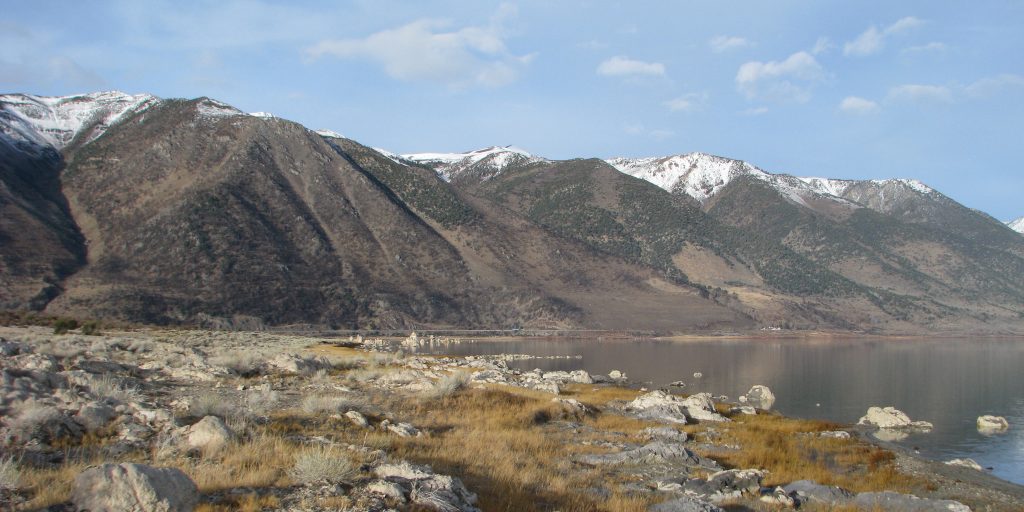
A new water year began on October 1, and it follows the record water year of 2017 when 27.7″ of precipitation fell in Lee Vining. Given the increasing variability of California precipitation, a repeat performance of a wet year is unlikely. October 2017 concluded with 0.08″ of rain, well below the 0.83-inch 30-year average. Average temperatures ran very close to average for daily highs with overnight lows falling slightly below average.

November left a more notable wake in the Lee Vining weather annals. Temperatures soared well above average and the month concluded as the second-warmest November overall, a small 0.8°F difference behind November 1995. The real measure of warmth was in terms of increasing overnight low temperatures. Average low temperatures in November eclipsed the 30-year record by over 2°F and averaged above freezing (34°F) for the first time.
When can people in Lee Vining enjoy the last 70°F+ day of the calendar year? It can occasionally occur as late as early November, but November 2014 set a record a few years back with 72°F on 11/13. November 2016 nudged it out a couple days later to 11/15 with 71°F. Not to be outdone, November 2017 pushed this event a further 11 days out with 71°F on November 26.
November brought rain as well as warmth. Two atmospheric river events swept across the Eastern Sierra and provided decent spillover precipitation past the crest. The National Weather Service Cooperative rain gauge in Lee Vining collected 2.7″ of water. Precipitation ended up 216% of average for November and Mono Lake inched up 0.1 foot during the month.
We are so far without precipitation in December, which is often a bellwether month because it ranks behind January and February for total precipitation. Unfortunately, current long-range forecasts are painting a dry December and dry meteorologic winter for California.
